Rio de Janeiro - 2004
Pão de Açúcar - Sugarloaf Mountain
In April-May 2004 we had our third around-the-world trip. In 54 days we travelled to Auckland, Tahiti, Easter Island,
Santiago, Lima, Arequipa, Colca Canyon, Sillustani, Lake Titicaca, Puno, Cusco, Sacsayhuman, Tambomachay, Machu Picchu, Aguas Calientes,
Sacred Valley, Ollantaytambo, Posada Amazonas, Ica, Nazca, Paracas, Ballestas Islands, Buenos Aires, Iguazu Falls, Itaipu Dam,
Rio de Janeiro, London, St. Petersburg and Singapore.
Sugarloaf Mountain is a peak situated at the mouth of Guanabara Bay on a peninsula that juts out into the Atlantic Ocean.
Rising 396metres above the harbor, its name is said to refer to its resemblance to the traditional shape of concentrated refined loaf sugar.
It is known worldwide for its cableway and panoramic views of the city and beyond.
The mountain is one of several monolithic granite and quartz mountains that rise straight from the water's edge around Rio de Janeiro.
Geologically it is considered part of a family of steep-sided rock outcroppings known as non-inselberg bornhardts.
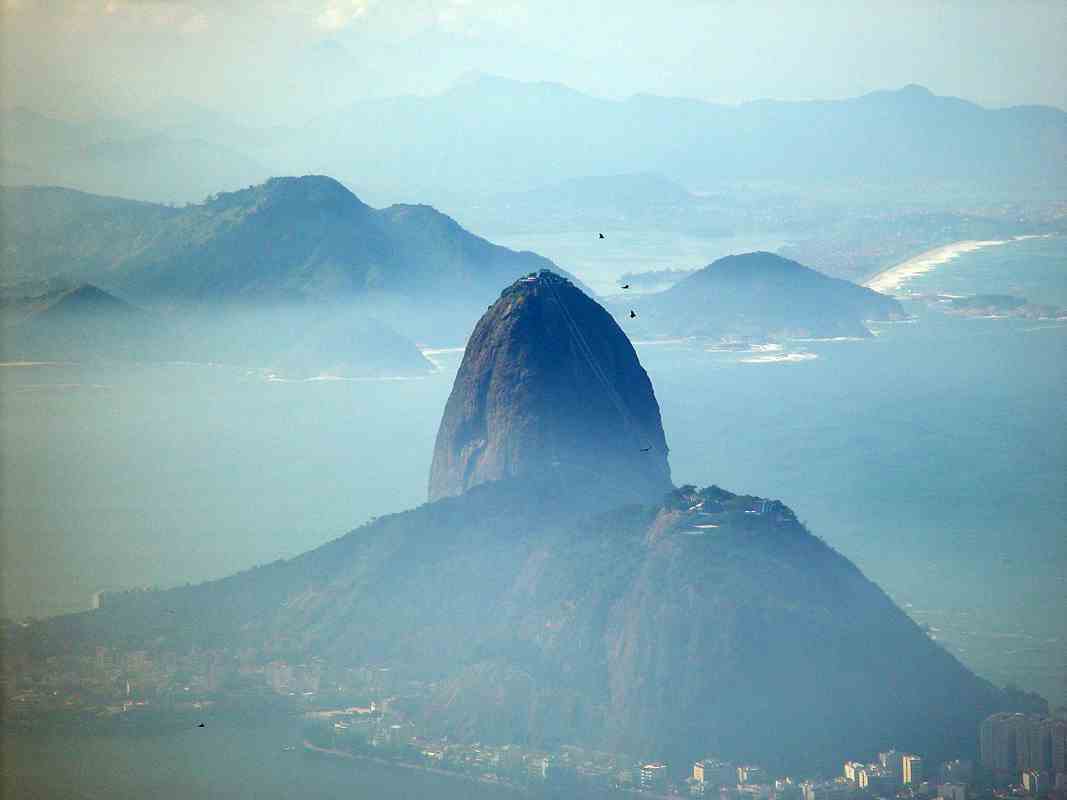
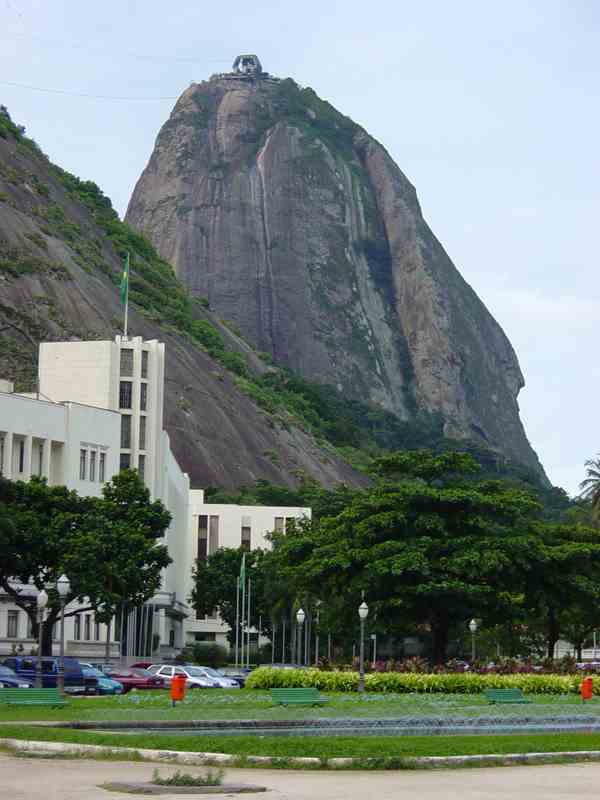
On top of Morro da Urca.
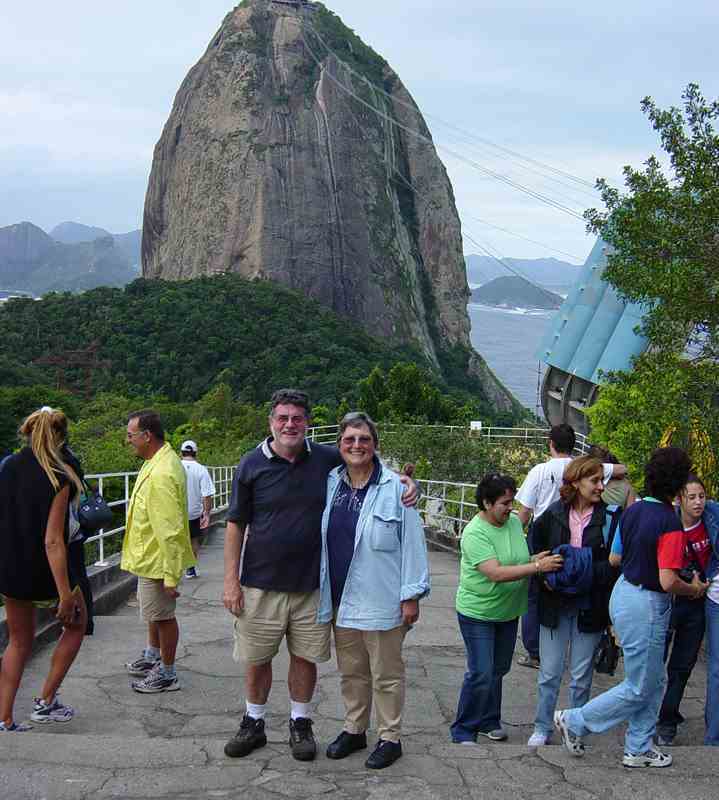
This original cable car system was built in 1912 and has now been superceded.
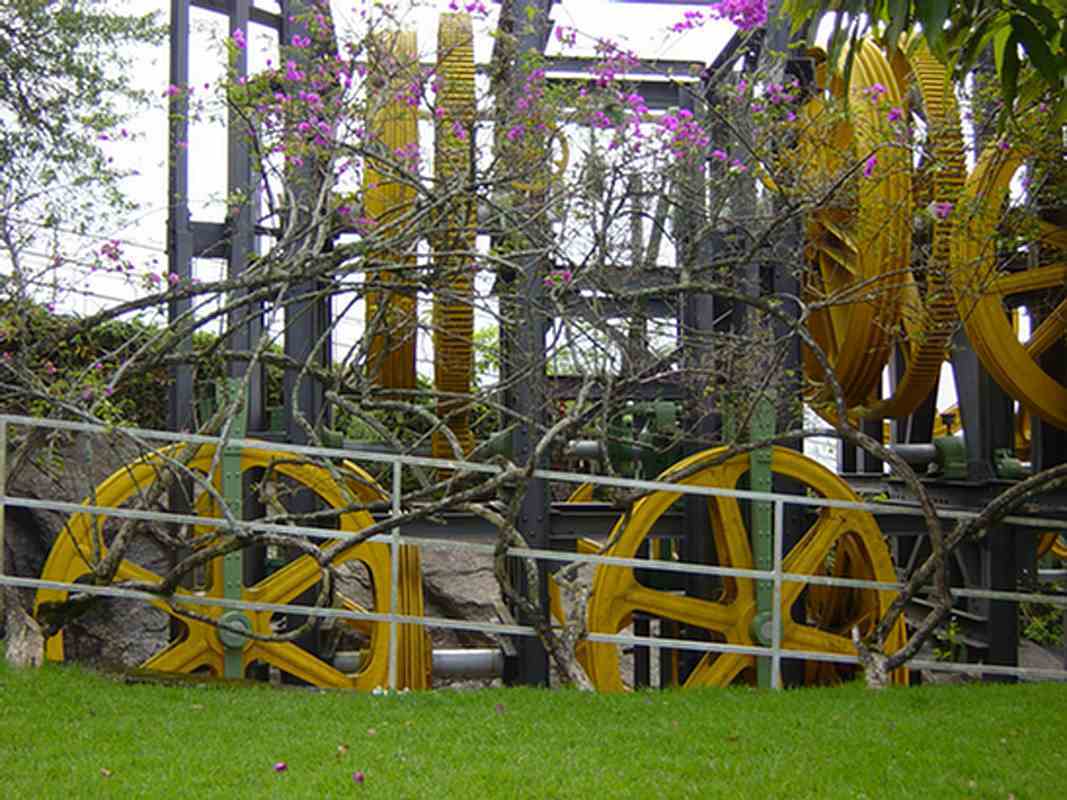
Corcovado (Hunchback), with its Christ the Redeemer statue, another of the famous peaks in Rio.
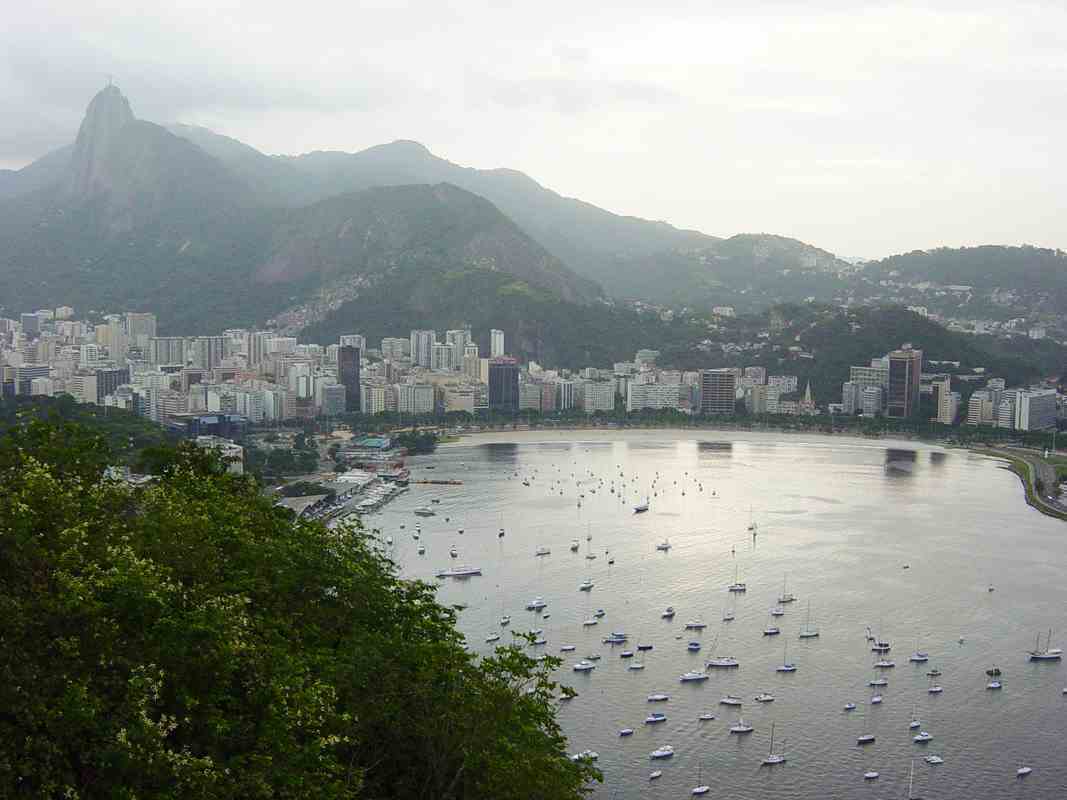


Rio is one of the most beautiful cities in the world.
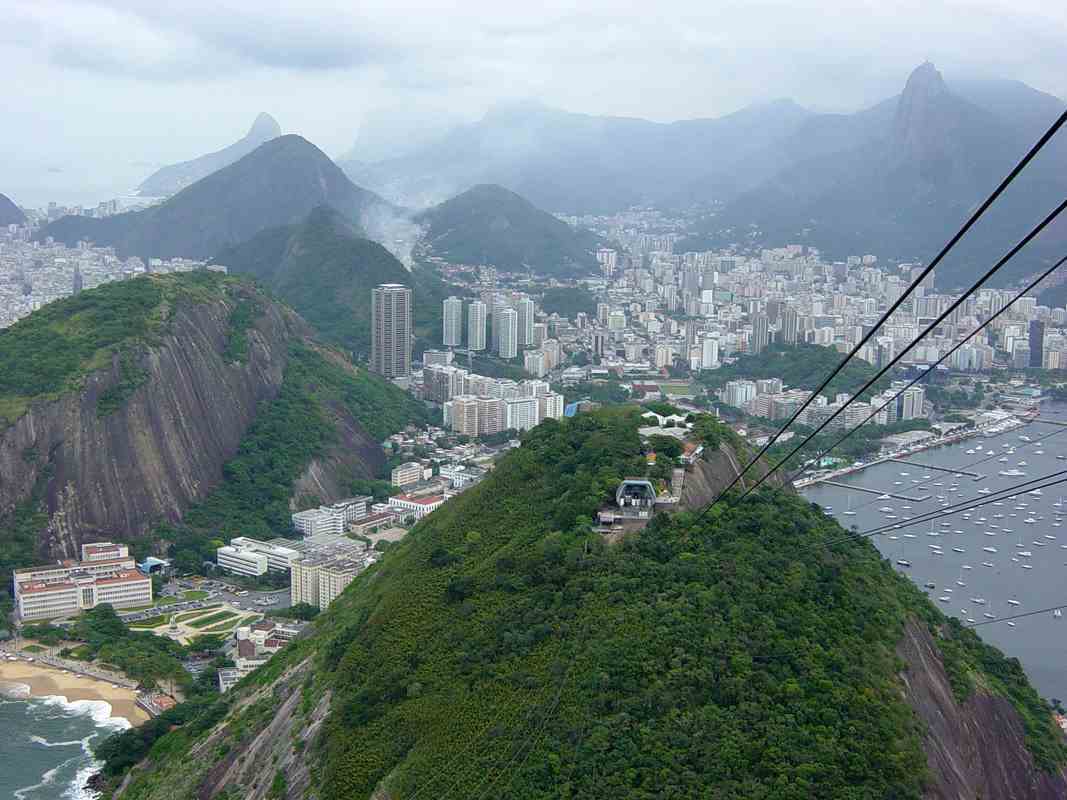
Some domestic flights operate from this airport.
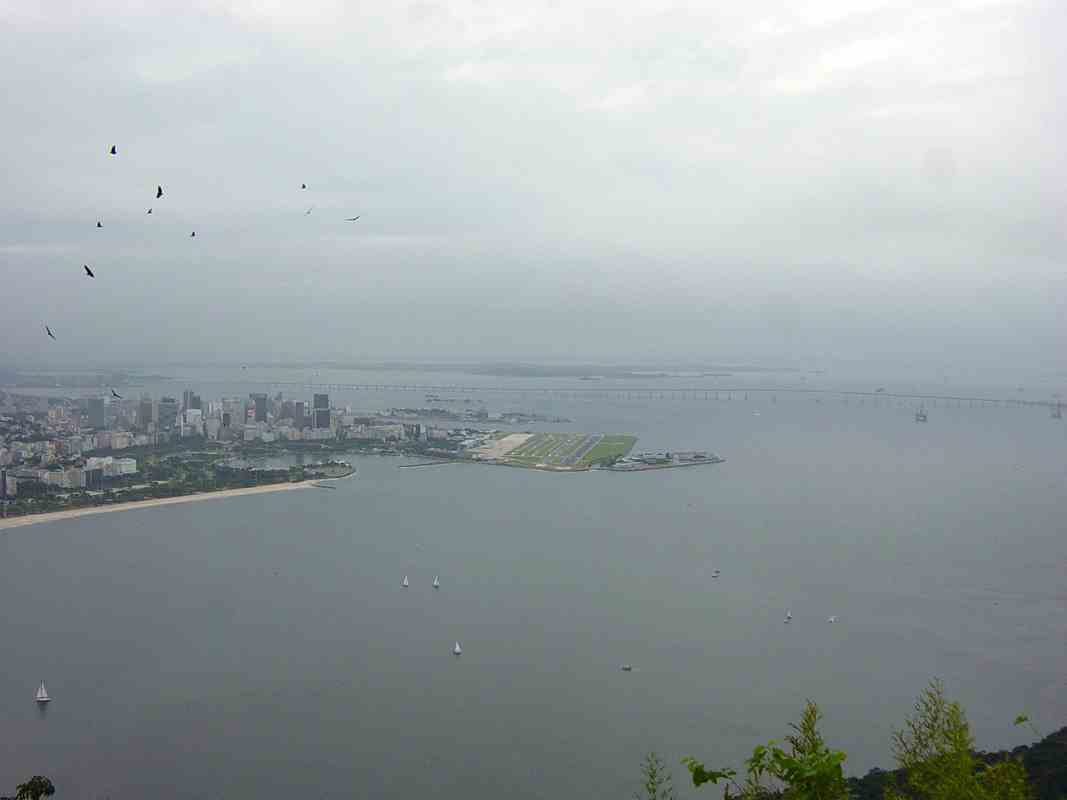



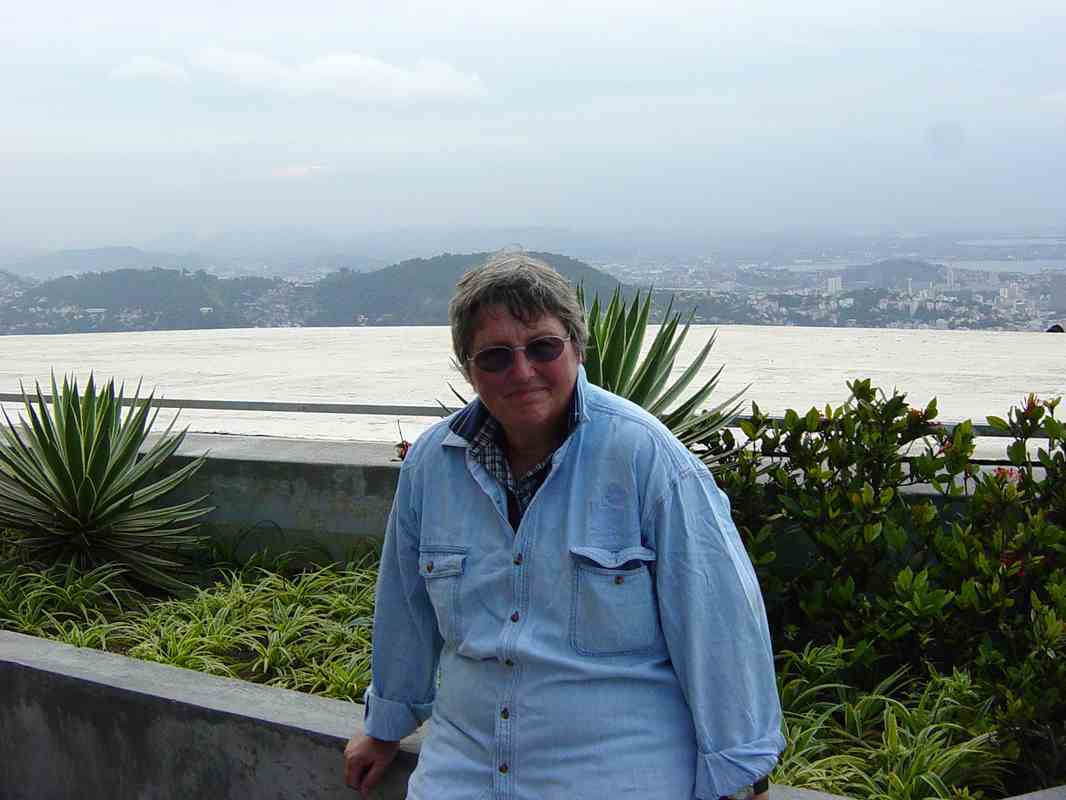
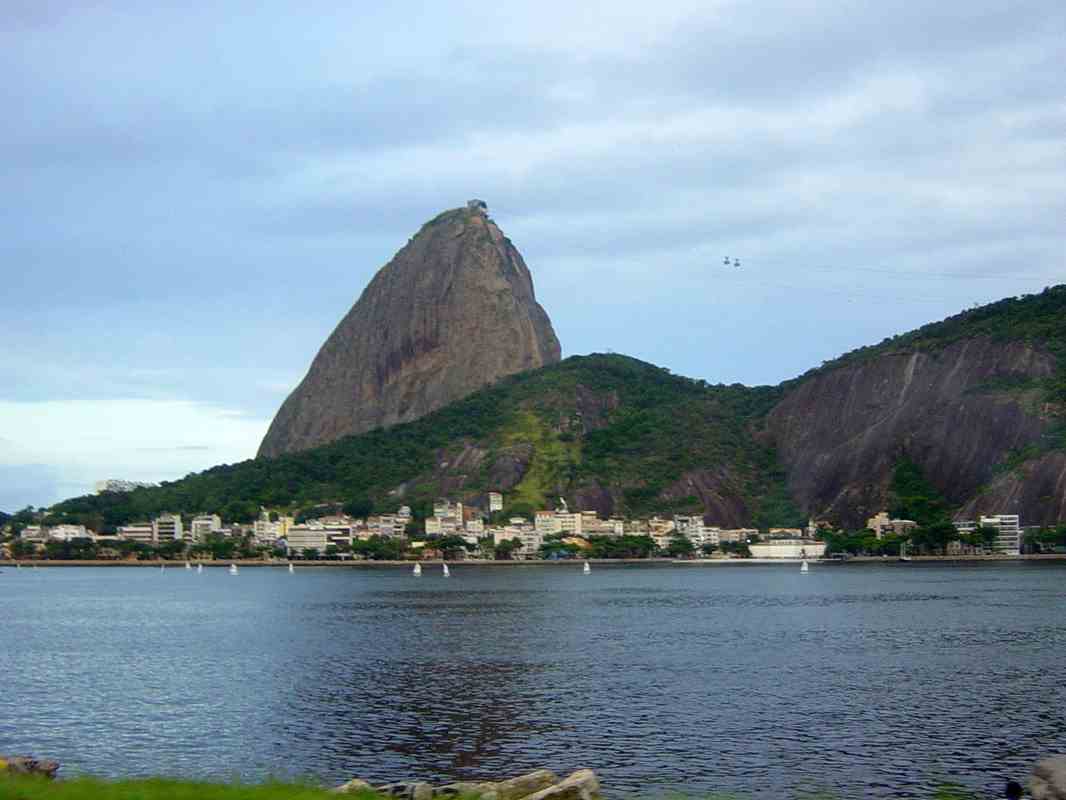
Pão de Açúcar - Sugarloaf Mountain
In April-May 2004 we had our third around-the-world trip. In 54 days we travelled to Auckland, Tahiti, Easter Island,
Santiago, Lima, Arequipa, Colca Canyon, Sillustani, Lake Titicaca, Puno, Cusco, Sacsayhuman, Tambomachay, Machu Picchu, Aguas Calientes,
Sacred Valley, Ollantaytambo, Posada Amazonas, Ica, Nazca, Paracas, Ballestas Islands, Buenos Aires, Iguazu Falls, Itaipu Dam,
Rio de Janeiro, London, St. Petersburg and Singapore.
Sugarloaf Mountain is a peak situated at the mouth of Guanabara Bay on a peninsula that juts out into the Atlantic Ocean.
Rising 396metres above the harbor, its name is said to refer to its resemblance to the traditional shape of concentrated refined loaf sugar.
It is known worldwide for its cableway and panoramic views of the city and beyond.
The mountain is one of several monolithic granite and quartz mountains that rise straight from the water's edge around Rio de Janeiro.
Geologically it is considered part of a family of steep-sided rock outcroppings known as non-inselberg bornhardts.
It takes 2 cable cars to reach the summit.
The fist
cable car goes to the top of Morro
da Urca (215m).
On top of Morro da Urca.
This original cable car system was built in 1912 and has now been superceded.

Corcovado (Hunchback), with its Christ the Redeemer statue, another of the famous peaks in Rio.
Portuguese sailor Gaspar de Lemos entered a huge bay in
January 1502.
Mistaking
it for a river, he named it Rio
de Janeiro (January River).
Rio is one of the most beautiful cities in the world.
Some domestic flights operate from this airport.